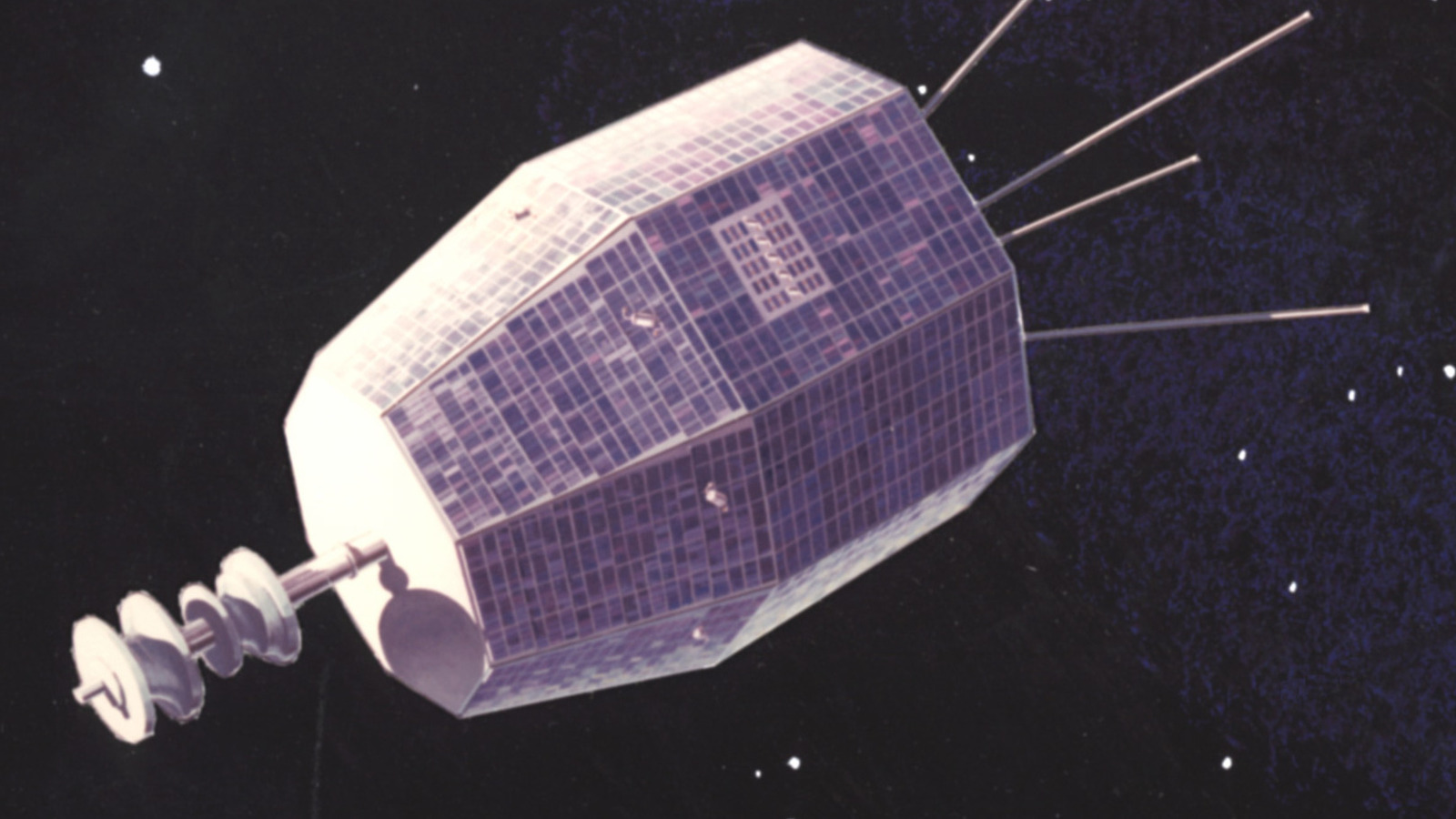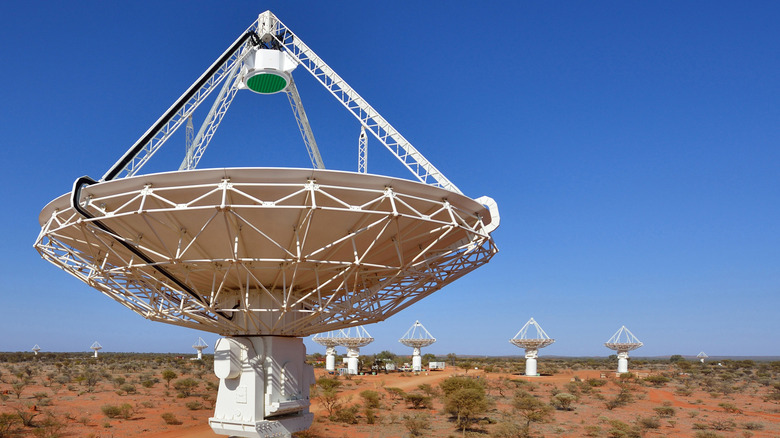A scientific paper was recently published on Cornell University’s arXiv describing a radio burst that lasted for a mere 30 nanoseconds. Maybe that doesn’t sound too exciting, except that the signal was thought to come from another galaxy. But then it turned out it was just from a satellite. But then it turned out that the satellite had been dead for decades and couldn’t actually produce a transmission like that. So now it’s a story about a zombie satellite sending impossible messages from beyond the grave, in space. Interested yet?
In June 2024, the Australian Square Kilometre Array Pathfinder (ASKAP) radio telescope detected what was thought to be a fast radio burst (FRB). Makes sense, as that was exactly what the telescope was trying to find. From reporting by Space.com, FRBs remain something of a mystery even 20 years after their discovery, which of course just make scientists want to study them more. So detecting one was pretty great… until the team examining the find realized that the FRB made no sense at all.
For one thing, the signal was too short — FRBs typically last micro- or milliseconds, not mere nanoseconds. Yes, those time frames are all incredibly small, but they are orders of magnitude apart. The radio telescope’s image of it was also very fuzzy, which, like with a normal camera, indicated that the source was actually very, very close, not in a distant galaxy, where other FRB signals were from. What on Earth (or off it) was going on? Well, the answer turned out to be very boring, right before it got incredibly weird.
Finding the source of the signal
Once scientists had worked out the exact origin position of the signal, they realized that it was actually so close to Earth that it might well be a satellite, per New Scientist. They cross-referenced with known orbits, and sure enough, one popped up. Ah, darn, just a satellite then. No big deal — hey wait, is that satellite dead? Yes, and not just dead, but long dead. NASA’s Relay 2 was in fact one of the first ever satellites, launched all the way back in 1964 at the dawn of the space age. Along with its sister Relay 1, these were experimental communications satellites intended to map the Van Allen radiation belt, per our friends at Gizmodo. Then in June 1967 (everything in this story happens in June, weird), the transponders failed, and that was the end of that.
Except, now it isn’t. Apparently the long-dead experimental communications satellite decided to get very experimental with its communications, since it sent out a radio burst all of a sudden. If you’re wondering how a dead satellite can do that, you’re not alone, because no one knows for sure. In fact, the on-board equipment is not even capable of transmitting a 30 nanosecond pulse. Rising from the grave to send impossible messages? What is this, space Ouija?
How to send a signal from beyond death, in space
In their scientific paper, the team theorizes one of two possible explanations, as Space.com lays out. First is that an electrostatic discharge (ESD) might have built up, causing a brief spark that caused a radio burst. Think of rubbing your hand along a carpet, then touching something metal. In space, the “carpet” would be ionized gas or plasma, so if Relay 2 passed through some of that, it might have sparked. This has actually been observed before, but again, at much longer timescales than 30 nanoseconds, which might count against this theory. If it does prove to be true, it actually has some practical value. ESDs are known to cause damage to satellites, but they are difficult to detect. Possibly, these scientists have stumbled on a way to detect them, making it easier to diagnose a faulty satellite.
The second theory, as if this all couldn’t get any better, was that the zombie satellite was actually hit by a teeny tiny micrometeorite traveling at 44,000 mph. This little hypothetical guy would only be a few micrograms, but if it struck Relay 2, it would create a puff of charged plasma, which is what the radio telescope would have detected.
Both of these are still just theories, and really, nobody knows for sure. If you think that space necromancers must surely be involved, I wouldn’t doubt it. It all just goes to show that space is a vast, weird place, and even our brightest minds are still only just scratching the surface of all it has to tell us.




